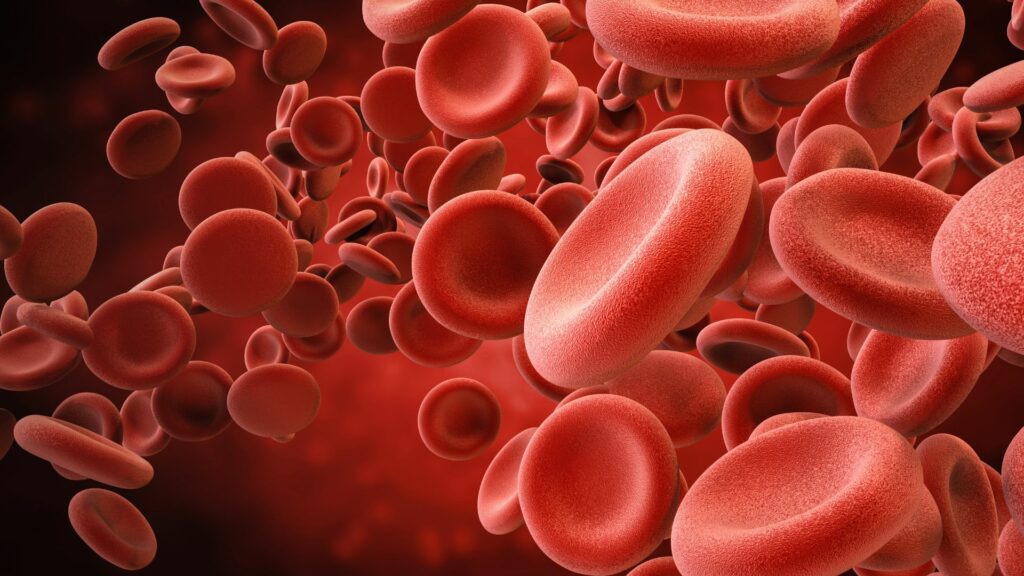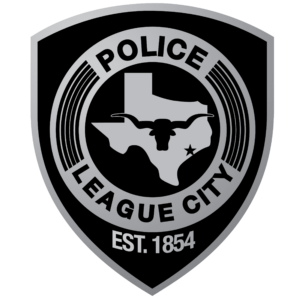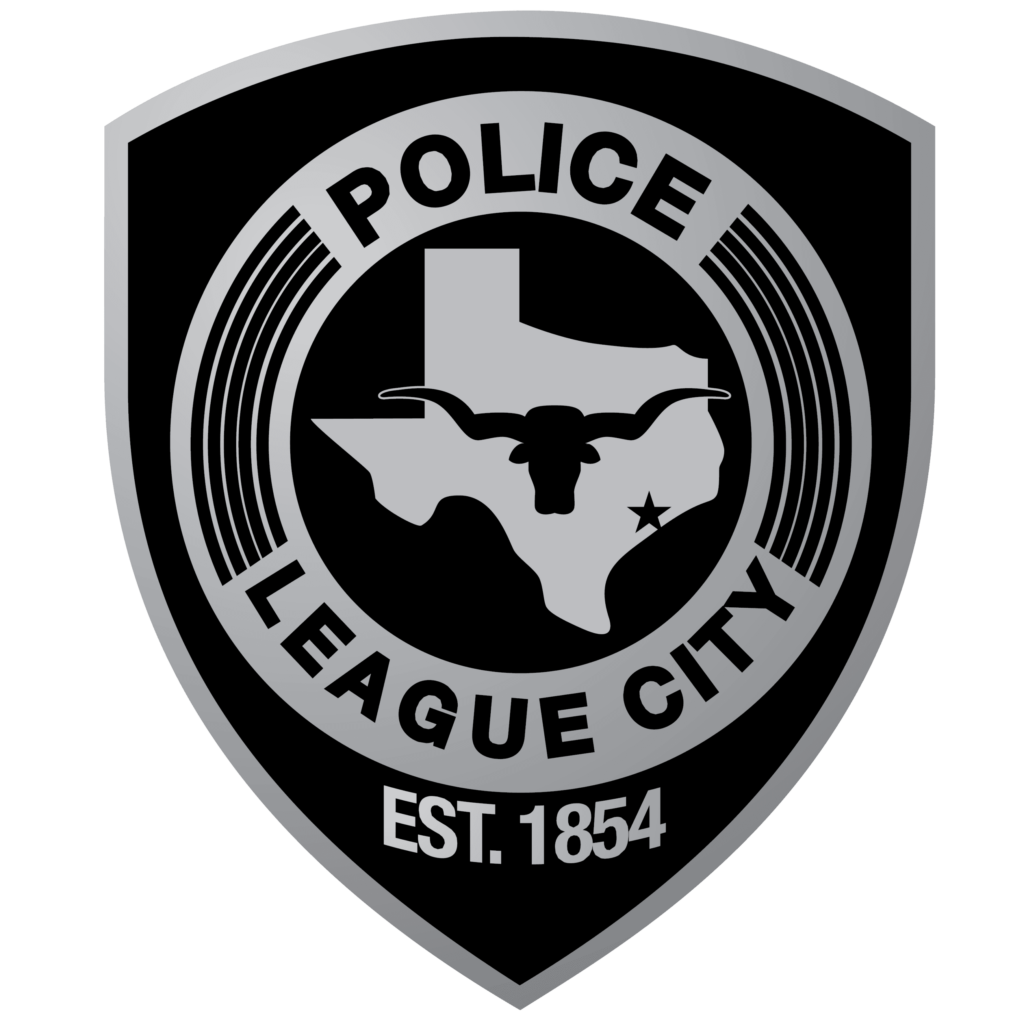
Blood clots are clumps of blood that have changed from a liquid to a solid state. They can form in both veins and arteries and have the potential to cause significant health problems.
While clotting is a crucial process that prevents excessive bleeding during injuries, abnormal clotting within blood vessels can lead to serious complications, depending on the clot’s location and size.
Types of Blood Clots
- Deep Vein Thrombosis (DVT): Commonly referred to as DVT, involves the formation of a blood clot in the body’s deep veins, typically in the lower leg, thigh, or pelvis. This condition can become serious if the clot restricts blood flow, leading to noticeable symptoms in the affected area..
- Pulmonary Embolism (PE): A PE happens when a part of a blood clot breaks off and travels to the lungs. It can cause shortness of breath and, in severe cases, can be life-threatening.
- Arterial Clots: These clots form in the arteries and can obstruct blood flow, potentially leading to heart attacks or strokes.
- Superficial Venous Thrombosis: Refers to blood clots that form in the veins located just beneath the skin’s surface, typically in the legs. Unlike Deep Vein Thrombosis, these clots affect the smaller, less deep veins.
Symptom Analysis and Identification
The signs of blood clots can vary based on their location:
- Symptoms of Deep Vein Thrombosis (DVT): Individuals with DVT typically experience swelling in one leg, which may also be accompanied by pain and redness. The affected area often feels unusually warm to the touch.
- Symptoms of Pulmonary Embolism (PE): This serious condition manifests as sudden difficulty in breathing and sharp chest pain. Patients may also experience a rapid heart rate and, in some cases, cough up blood, indicating a critical emergency.
- Symptoms of Arterial Clots: Depending on the affected artery, symptoms can include severe pain, paleness, and coldness in a limb, or symptoms of a stroke like facial drooping, arm weakness, and speech difficulties.
Diagnosis and Treatment of Blood Clots
At Elitecare Emergency Hospital, our approach to blood clots involves prompt and accurate diagnosis and treatment.
- Immediate Medical Assessment: We conduct a thorough evaluation, which includes a review of symptoms and medical history.
- Diagnostic Procedures: To accurately diagnose blood clots, we utilize imaging tests tailored to the specific type of clot. Ultrasounds are commonly used to detect Deep Vein Thrombosis (DVT), while CT scans are effective for identifying Pulmonary Embolism (PE).
- Anticoagulant Therapy: Our treatment approach includes the use of anticoagulant medications. These drugs are crucial in preventing the formation of new clots and aiding in the dissolution of existing clots.
- Thrombolytic Therapy: In severe cases, especially in arterial clots or severe PEs, medications to rapidly dissolve clots may be used.
- Surgical Intervention: In some cases, surgical procedures may be necessary to remove or bypass clots.
Frequently Asked Questions
Q: What are the early signs of blood clots?
A: Early signs of blood clots can include unexplained swelling or pain in a limb, sudden shortness of breath, or chest pain.
Q: Can lifestyle changes reduce the risk of blood clots?
A: Yes, maintaining a healthy weight, staying active, and not smoking can help reduce the risk of clot formation.
Q: How quickly should I seek medical attention for a suspected blood clot?
A: If you suspect you or someone you know may be developing blood clots, seek immediate medical attention, especially if symptoms of DVT or PE are present.
Get the Care You Need
Elitecare Emergency Hospital is equipped to provide immediate care for blood clot-related emergencies. We are open 24/7, ensuring that you have access to expert medical attention when it’s most needed.














